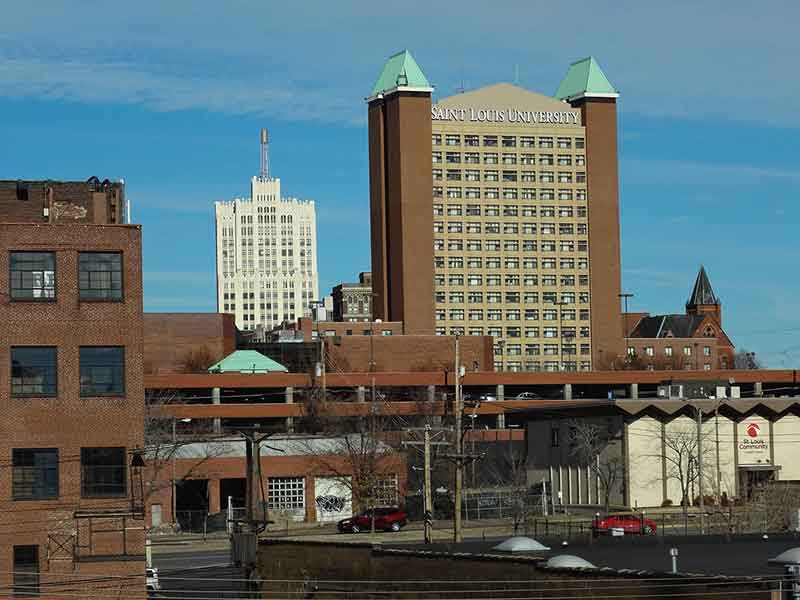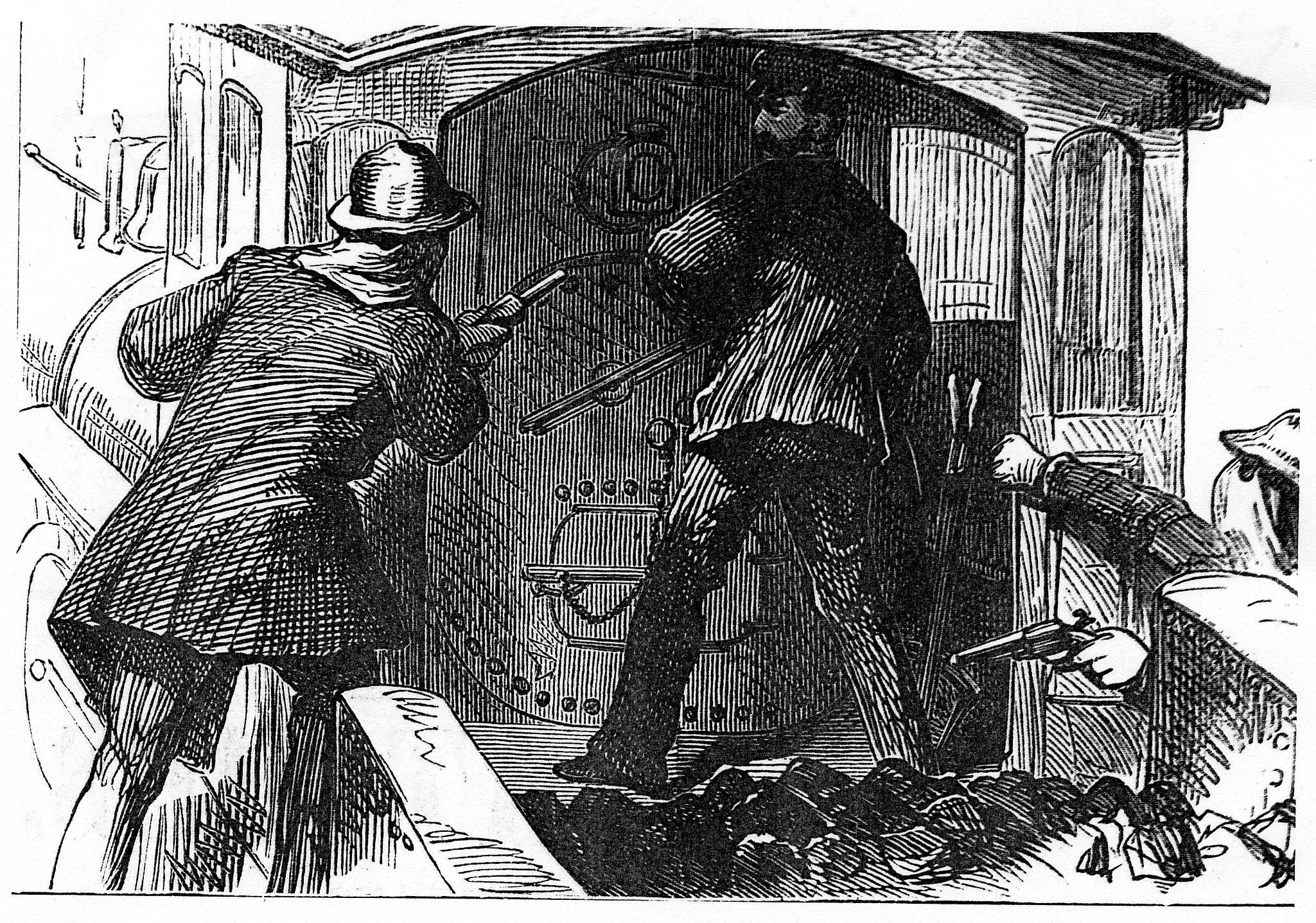Gottfried Duden’s 1829 Report on a Journey to the Western States of North America prompted much German immigration to Missouri, as did 150 other examples of such travel accounts published in Germany between 1827 and 1856.
Germany’s 1848 Revolution prompted even more immigration into the United States.
The German Heritage Corridor in Missouri was designated by law in 2016 and includes 16 counties north or south of the Missouri River.
George Eyser, a Missouri German gymnast who lost his left leg, won six medals in the 1904 Olympics at St. Louis, three gold, two silver, and one bronze.
Of the 160,541 foreign-born residents of Missouri by the time of the Civil War, 88,487, or about 55 percent, came from German states. The anti-slavery Missouri Germans helped cut the Confederacy in half along the Mississippi River.
Because of World War I, the St. Louis school board abolished German language courses in 1918.
Berlin Avenue was named in 1871 in St. Louis, but it was renamed to Pershing Avenue, in honor of World War I General John J. Pershing, in 1918.
Three Missouri German towns were evacuated between 1940 and 1941 to make way for a TNT factory. They were Hamburg, Howell, and Toonerville.
The German School Building in Hermann, built in 1871, served as the town’s elementary school until 1955. Classes were taught in both English and German for most of its history. Today, the building is the Historic Hermann Museum.
About 23.5 percent of Missourians reported German ancestry in the 2000 census.
Related Posts
October 5, 1836
The Medical School at St. Louis University was established on this date.
October 1, 1963
Birthday of slugger, Mark McGuire.
October 30, 1866
The James Gang robbed the bank at Lexington.



